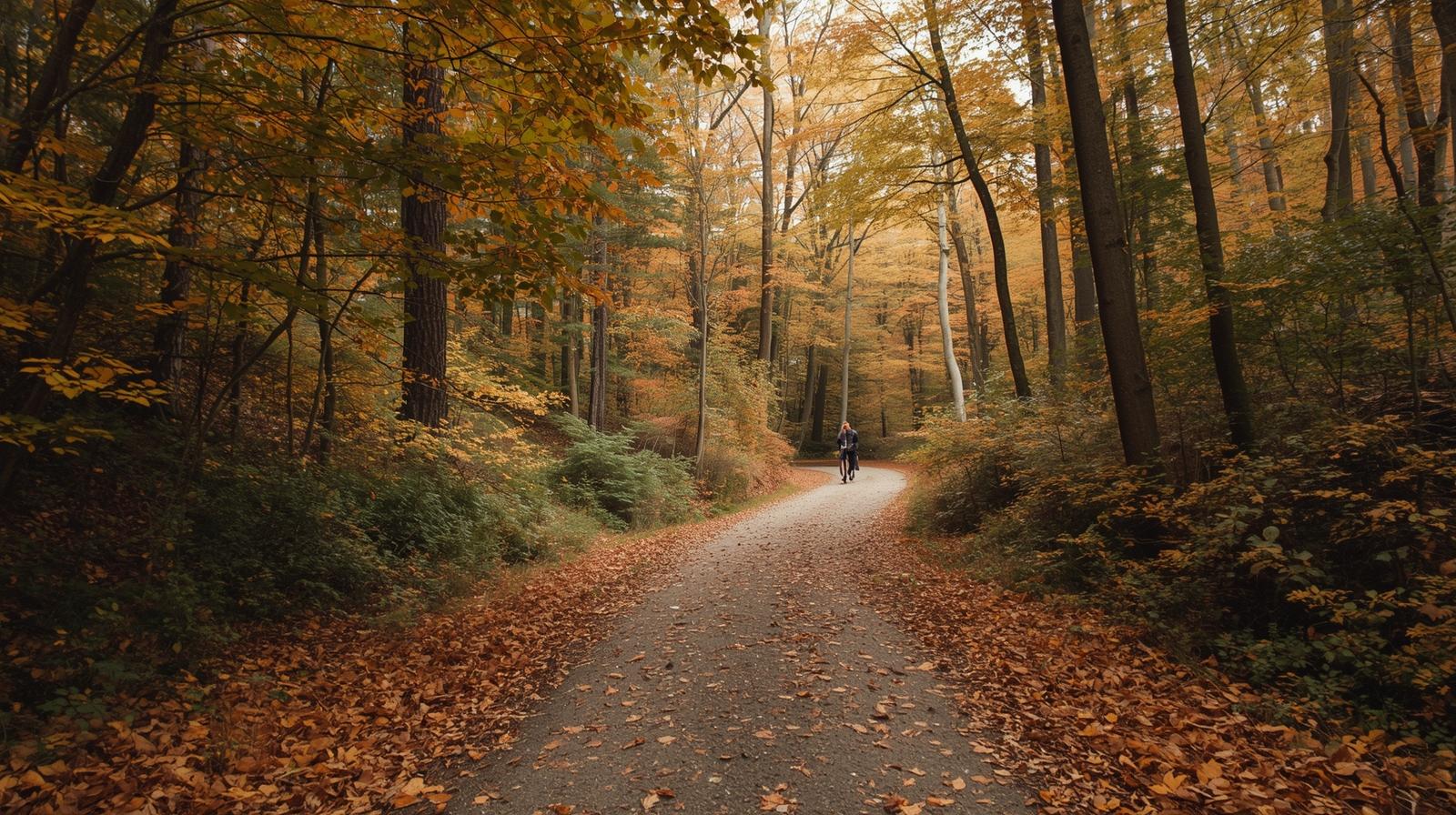
Autumn arrives quietly, painting the world in hues of amber, crimson, and gold. Nature in autumnAs summer’s warmth fades, nature orchestrates one of its most breathtaking transformations, turning forests, meadows, and gardens into spectacular displays of color and life preparing for dormancy.
The Science Behind Fall Colors
The brilliant autumn palette results from a fascinating chemical process. As daylight hours shorten and temperatures drop, trees begin to shut down their food production. Chlorophyll, the pigment responsible for the green color in leaves, breaks down and reveals other pigments that were present all along. Carotenoids produce yellows and oranges, while anthocyanins create the vivid reds and purples. Each species has its own signature autumn shade: sugar maples turn brilliant scarlet, aspens shimmer gold, and oak leaves transition to deep russet browns.
Wildlife in Transition
Autumn triggers remarkable behavioral changes in animals. Bears enter hyperphagia, consuming up to 20,000 calories daily to prepare for hibernation. Nature in autumn become frantic hoarders, burying thousands of nuts and seeds—many of which they’ll never retrieve, inadvertently planting future forests. Monarch butterflies embark on their incredible 3,000-mile migration to Mexico, while countless bird species form massive flocks heading south. Deer, moose, and elk enter their mating season, filling forests with haunting calls and spectacular displays of strength.
http://youtubehttps://www.youtube.com/watch?v=_S6eHdrqCIA
Nature’s bounty reaches its peak in autumn. Orchards bow under the weight of apples, pears, and plums. Nature in autumnVineyards prepare for harvest, their grapes having absorbed months of sunshine into concentrated sweetness. Forest floors become treasure troves of mushrooms—chanterelles, porcini, and puffballs emerge after autumn rains. Nut-bearing trees drop their cargo: chestnuts in spiny husks, acorns that sustain countless creatures, and walnuts with their aromatic shells.
Atmospheric Magic
Autumn mornings often feature ethereal ground fog, created when warm earth meets cool air. This mist transforms familiar landscapes into mysterious, dreamlike scenes. The sun sits lower in the sky, casting longer shadows and bathing everything in warm,Nature in autumn golden light that photographers call “the golden hour”—though in autumn, it seems to last much longer. Crisp air carries further sounds and sharper scents: woodsmoke, damp earth, and the sweet decay of fallen leaves.
Preparing for Winter
Nature’s autumn preparations are meticulous. Trees seal their leaf scars with protective layers before shedding foliage, preventing water loss and disease. Perennial plants send energy down to their roots, which will remain alive underground through winter’s freeze. Insects like woolly bear caterpillars produce natural antifreeze in their bodies.Nature in autumn Beaver families work frantically to repair dams and stockpile food beneath the ice where they’ll access it during winter months.
The Ecosystem Transformation
Fallen leaves create more than just a colorful carpet—they’re essential to forest health. This leaf litter provides insulation for plant roots, habitat for countless invertebrates,Nature in autumn and gradually decomposes into nutrient-rich humus that feeds the forest. Decomposition accelerates in autumn’s moisture and mild temperatures, releasing nutrients back into the soil. Fungi flourish, their vast underground networks connecting trees and facilitating nutrient exchange across the forest floor.
Human Connection to Autumn Nature
Throughout history, humans have celebrated autumn’s abundance with harvest festivals and rituals of gratitude. The season invites us outdoors for apple picking, leaf peeping, and forest walks. There’s something profoundly satisfying about the crunch of leaves underfoot, the smell of bonfire smoke, and the sight of geese flying overhead in perfect formation. Autumn reminds us that change isn’t something to fear but a natural, beautiful part of life’s rhythm.
Climate and Autumn’s Future
Scientists note that climate change is affecting autumn’s timing and intensity. Leaves change color later in many regions, and some trees skip their colorful display Nature in autumn, going straight from green to brown. Warmer temperatures disrupt migration patterns and hibernation schedules, creating ecological challenges. Understanding and protecting autumn’s natural processes has never been more important.
Autumn stands as nature’s masterpiece—a season of contradictions where abundance meets scarcity, warmth yields to cold, and growth gives way to rest. It’s a reminder that endings can be as beautiful as beginnings, and that nature’s wisdom lies in knowing Nature in autumn when to let go.Réessayer






